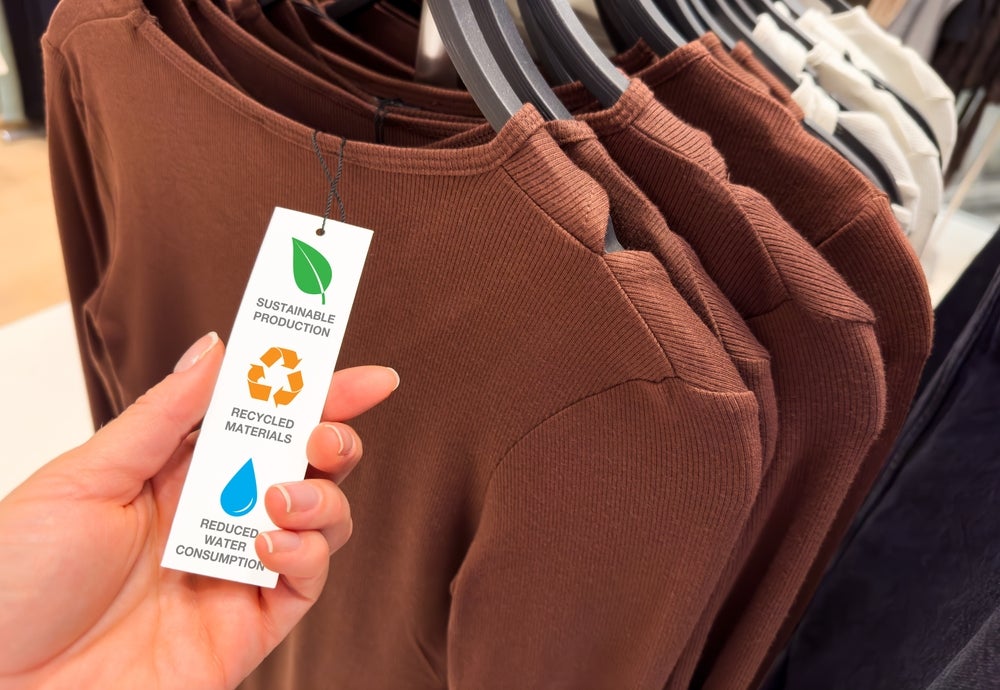
Big names in the fashion sector like luxury brands PRADA and Burberry have invested in reforestation projects and other initiatives as a way of compensating for the emissions generated by production and transportation. However, in recent months, fashion brands including Italian luxury company Gucci have withdrawn investment in the Voluntary Carbon Market (VCM) completely.
Gucci defended the decision by stating that it would instead prioritise internal policies which reduce greenhouse gas (GHG) emissions in its supply chain and operations. This is undoubtedly a worthwhile objective as reducing emissions in the value chain should be a central element of any company’s long-term decarbonisation strategy.
Ambitious carbon reduction plans have limits
However, there are limits to even the most ambitious carbon reduction plans. Every business with a global supply chain will be generating emissions that in the immediate term cannot be prevented and that’s where carbon credits can play an important role.
A shift in perspective is required. All companies, including those from the fashion industry need to move from a position of debating whether to invest in one tool or the other, to a stage where both tools are simultaneously implemented alongside each other.
According to the United Nations, the textile industry is responsible for 10% of global greenhouse gas emissions – more than the aviation and shipping industries combined. As the international community struggles to keep temperatures within 1.5°C of pre-industrial levels, there is no question that fashion businesses need to do more to address their impact on the environment.
Is ‘green’ the new black?
Sustainability sells. And there is growing concern in the fashion industry about companies making false claims about being carbon neutral. While many brands are genuinely committed to reducing their environmental impact, there have been instances of companies engaging in greenwashing; misleading consumers about the extent or impact of their sustainability commitments.
How well do you really know your competitors?
Access the most comprehensive Company Profiles on the market, powered by GlobalData. Save hours of research. Gain competitive edge.

Thank you!
Your download email will arrive shortly
Not ready to buy yet? Download a free sample
We are confident about the unique quality of our Company Profiles. However, we want you to make the most beneficial decision for your business, so we offer a free sample that you can download by submitting the below form
By GlobalDataIn 2022, for example, the world’s second largest clothing company by sales volume, Swedish fashion brand H&M, was accused of greenwashing because the scorecard it used for its sustainable clothing – ‘the Conscious Collection’ – allegedly presented products as more environmentally friendly than they really were. Garments were found to be no better for the environment than those of their competitors, with some data found to be actively misleading.
H&M is by no means an exception. A lack of transparency in the sector has sparked accusations of greenwashing for some of the most high-profile fast fashion companies in the world. In January the UK’s Competition and Markets Authority (CMA) started investigating the environmental claims made by fast fashion brands ASOS, Boohoo, and George at Asda regarding their fashion products, including clothing, footwear, and accessories.
On a more positive note, it’s encouraging to see consumers recognise the urgency of the climate challenge and demanding accountability over products, materials and production. According to new research from KPMG, more than half (54%) of consumers in the UK say that they would stop buying from a company if they were found to have been misleading in their sustainability claims.
The world still produces 92 million tons of textile waste every year, according to Nature Reviews. At the very least, fashion brands should make sure their communication with customers through product labelling is not misleading, but can also be backed up by independent verification.
Nonetheless, as the climate crisis escalates, manufacturers must also explore other resources available to reduce their carbon footprint.
Carbon credits for fashion brands
With the fashion industry ranking among the most polluting industries on the planet, the VCM represents a critical tool in the fight against climate change the industry simply cannot afford to ignore.
While carbon credits alone will not solve the climate crisis, offsetting unavoidable emissions through carbon reduction and removal projects is one of few solutions available at the scale needed to have an immediate impact on reducing emissions and limiting the global warming rise to 1.5 degrees.
The business case for taking action is also clear. According to the 2018 ‘Weather to Shop’ report from the UK’s Met Office and the British Retail Consortium, temperature differences will reduce women’s clothing sales by £11m ($13.41m) for each degree it is warmer than the previous year. Failing to slow global warming will also lead to extreme temperatures, flooding and water scarcity, which in turn will cause all manner of disruptions for global supply chains, including facility closures, production delays and increase in operational and capital costs on operations.
Carbon credit investment does not need to be at the expense of reducing emissions
The key point to note is this – investing in carbon credits does not need to nor should it come at the expense of reducing supply chain emissions. Achieving net zero will require companies to utilise every tool and strategy available, particularly those which are ready to go right now. While it is right that fashion brands establish long-term carbon reduction strategies, credits are one important way to compensate for residual emissions in the meantime.
The Voluntary Carbon Market represents a measurable method for fashion brands to show customers they are investing in sustainability. Yet a myth persists that carbon credits provide businesses with ‘a license to pollute’ and that those investing in credits are doing so as an alternative to cutting emissions. While credits alone are not the sole solution to the complexity of the climate challenge, a recent report from Trove Research debunked this claim, finding that companies which use carbon credits decarbonise twice as quickly as those that do not.
Identifying the right investments
Many clothing companies sincerely want to embed fair practices and environmental responsibility throughout their supply networks. Those considering using carbon credits to offset emissions must conduct due diligence and thoroughly research the projects they are investing in if they are to have a genuine impact on emissions.
An essential consideration here is the type of carbon project companies want to associate themselves with and invest in. Nature-based solutions, particularly high-quality REDD+ projects, which reduce emissions from deforestation and forest degradation in developing countries, stand out as among the most efficient methods to reduce emissions. They are not only cost-effective and accessible, allowing for immediate climate action, but they also have the potential to deliver up to one third of the emission reductions required by 2030.
Using carbon credits is a positive and necessary step to take in the journey to producing more sustainable products, but by itself, it’s not enough to drive the sustainability strategy of a fashion company. For brands with long, complex supply chains, reducing emissions is a complex task. Nevertheless, those truly committed to sustainability must look again at the evidence regarding the efficacy of carbon credits and actively pursue anti-greenhushing strategies which embrace all the tools at our disposal to reduce carbon emissions.
About the author
Ana Haurie is CEO and co-founder of impact-driven carbon finance business carbon finance company Respira. The company buys high-quality carbon credits from first-rate projects, allowing corporations and financial institutions to reduce their environmental impact. With 30 years of finance experience, Haurie built the Respira team as part of her ambition to help the voluntary carbon market scale and better fund nature-based solutions, while ensuring this is done with transparency and credibility.







Related Company Profiles
ASOS Plc
PRADA SpA